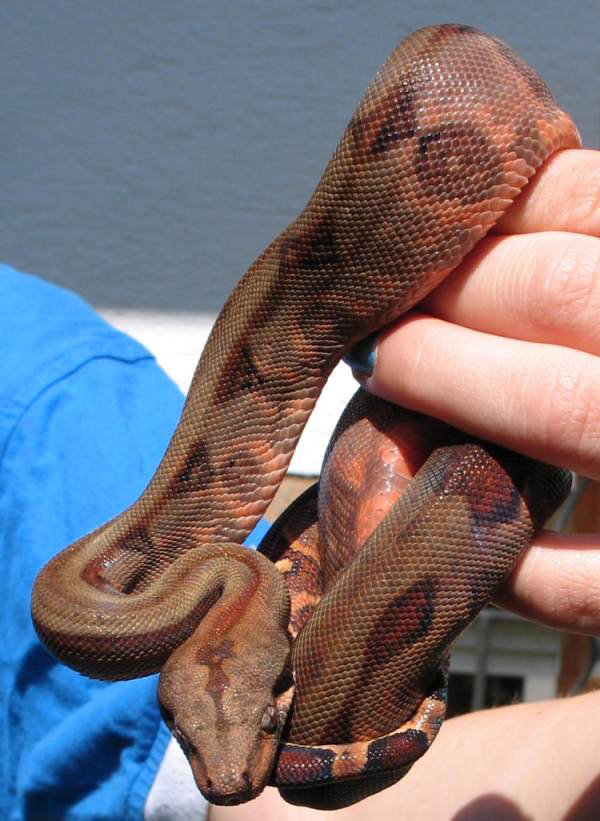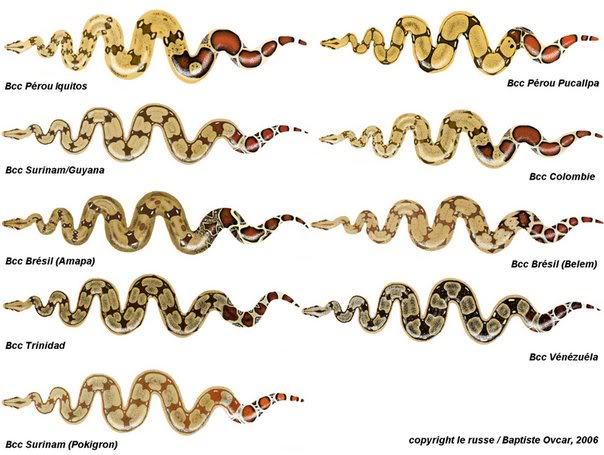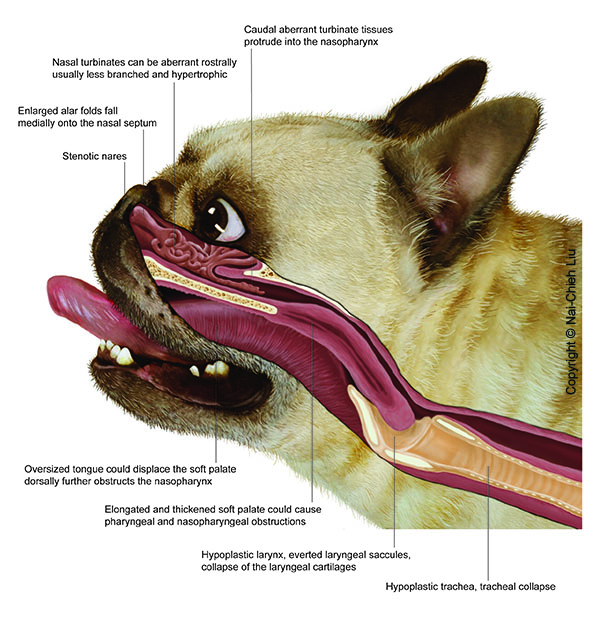

Boa constrictors have two functional lungs, a condition found in boas and pythons. Teeth are continuously replaced particular teeth being replaced at any one time alternate, so that a snake never loses the ability to bite in any part of its mouth. Instead, they have rows of long, recurved teeth of about the same size. The teeth of boa constrictors are aglyphous, meaning they do not possess any elongated fangs. Thus, this species is presumed to have no specialized thermosensory abilities. Although heat-sensing pits are common in Boidae, they are absent in B. Males possess hemipenes, a double-penis, of which only one side is commonly used in mating. They are used by males in courtship and are larger in males than in females. These are hind leg remnants found on either side of the cloacal opening. ( Chiaraviglio, et al., 2003 Mattison, 2007 O'Shea, 2007 Stafford, 1986)Īs in most members of the family Boidae, boa constrictors possesses pelvic spurs.

Most of these subspecies are distinguished largely by their range rather than appearance, but regional (subspecific) variation in form, size, and coloration does occur.
#Common boa constrictor anatomy full
nebulosa (Dominican boa, recently elevated to full species), and B. Currently acknowledged subspecies include: B. At least 9 subspecies are currently recognized by some authorities, although many of these are poorly defined and future research will undoubtedly modify this taxonomy. However, there are many variations on appearance. Third, this dark triangle is continued behind the eye, where it slants downward towards the jaw. Second, there is a dark triangle between the snout and the eye. First is a line that runs dorsally from the snout to the back of the head. The head of a boa constrictor has 3 distinctive stripes. They may have smaller dark spots over the entire body. Along the sides, there are rhomboid, dark marks. These saddles become more colorful and prominent towards the tail, often becoming reddish brown with either black or cream edging. Dorsally the background color is cream or brown that is marked with dark "saddle-shaped" bands. Boa constrictor coloration and pattern are distinctive. However, the tails of males may be proportionally longer than those of females because of the space taken up by the hemipenes. Within populations, females are usually larger than males. Individuals are generally between 2 and 3 meters in length, although island forms are commonly below 2 meters. In reality, boa constrictors are fairly modest-sized boids and are dwarfed by the other competitors for this title.

Some islands off the coast of Belize and Honduras are also inhabited by this species. Islands included in the boa constrictor range are: the Lesser Antilles, Trinidad, Tobago, Dominica, and St. Boa constrictors are also found on numerous islands off the Pacific coast and in the Caribbean. On the west side of the mountains, the range extends into Peru. constrictor is found as far south as northern Argentina. In South America the range splits along the Andes mountains. Boa constrictors range from northern Mexico south through Central and South America. Boa constrictor is an exclusively New World species which has the largest distribution of all neotropical boas.


 0 kommentar(er)
0 kommentar(er)
